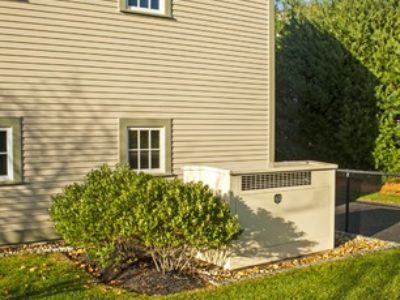

Carbon Monoxide Safety Tips
Carbon Monoxide is known as a silent, invisible killer; it is created when fuels such as wood, natural gas, and propane burn incompletely. We are most vulnerable to carbon monoxide poisoning in our homes where heating and cooking equipment that burn fuel can create the deadly gas. Cars or generators running in an attached garage can also produce dangerous levels of carbon monoxide. In 2010, fire departments responded to over 80,000 calls for carbon monoxide in homes.
Many more carbon monoxide detectors have been installed into homes in recent years because of more awareness of the deadly effects of this gas and because of new building codes that require alarms. Still, many people need to be informed of the dangers of carbon monoxide poisoning.
Facts and Figures: Carbon Monoxide Poisoning
The level of effect that exposure to carbon monoxide has on a person depends on many factors including the victim’s health and activity level. Certain groups are more vulnerable to poisoning including infants, pregnant women, and people with physical conditions that limit their body’s ability to use oxygen (emphysema, asthma, and heart disease).
Note: A person can be poisoned by a small amount of carbon monoxide over a longer period of time or by a large amount of carbon monoxide over a shorter period of time.
Install a Carbon Monoxide Detector in your Home
According to the National Fire Protection Association, carbon monoxide detectors should be installed in a central location such as a hallway outside each sleeping area and on every level of the home. In some places local building laws, codes, or standards may require additional alarms.
- If installing multiple alarms, it is best to purchase the same brand and interconnect them so that when one sounds, they all sound.
- Follow the manufacturer’s instructions for installation including correct placement and mounting height.
- Choose a carbon monoxide alarm that has the label of a recognized testing laboratory.
- Prepare yourself for an emergency by calling your local fire department’s non-emergency number to find out what number to call if a carbon monoxide alarm sounds.
- Test your carbon monoxide alarms at least once a month and replace them according to the manufacturer’s instructions.
- If the trouble signal sounds (often like a loud chirp) check for low batteries. If the battery is low, replace it. If it still sounds, check the instructions as some alarms are designed to beep non-stop after a certain number of years in order to force a replacement.
- If one of your carbon monoxide alarms sound, immediately gather all people and pets in a well ventilated area either outdoors or by an open window or door. Call for help from a fresh air location and stay there until emergency personnel arrive on the scene.
Carbon Monoxide Safety Tips
- If you want to warm up your vehicle do it outside of your garage.
- Make sure the exhaust pipe of a running vehicle is not covered with snow.
- During and after a snowstorm, check that vents for the dryer, furnace, stove, and fireplace are clear of snow build-up.
- A generator should only be used in a well-ventilated area outdoors away from windows, doors, and vent openings.
- Gas or charcoal grills should only be used outside.
If you or a loved one were injured in an accident, you have enough to deal with. Let an experienced accident attorney fight for the full compensation that you deserve. It is not uncommon to receive a settlement from the insurance company that is five to ten times bigger with the help of a lawyer. Call the caring accident attorneys at Tario & Associates, P.S. in Bellingham, WA today for a FREE consultation! We have been representing residents of Whatcom County, Skagit County, Island County and Snohomish County since 1979. You will pay nothing up front and no attorney fees at all unless we recover damages for you!




